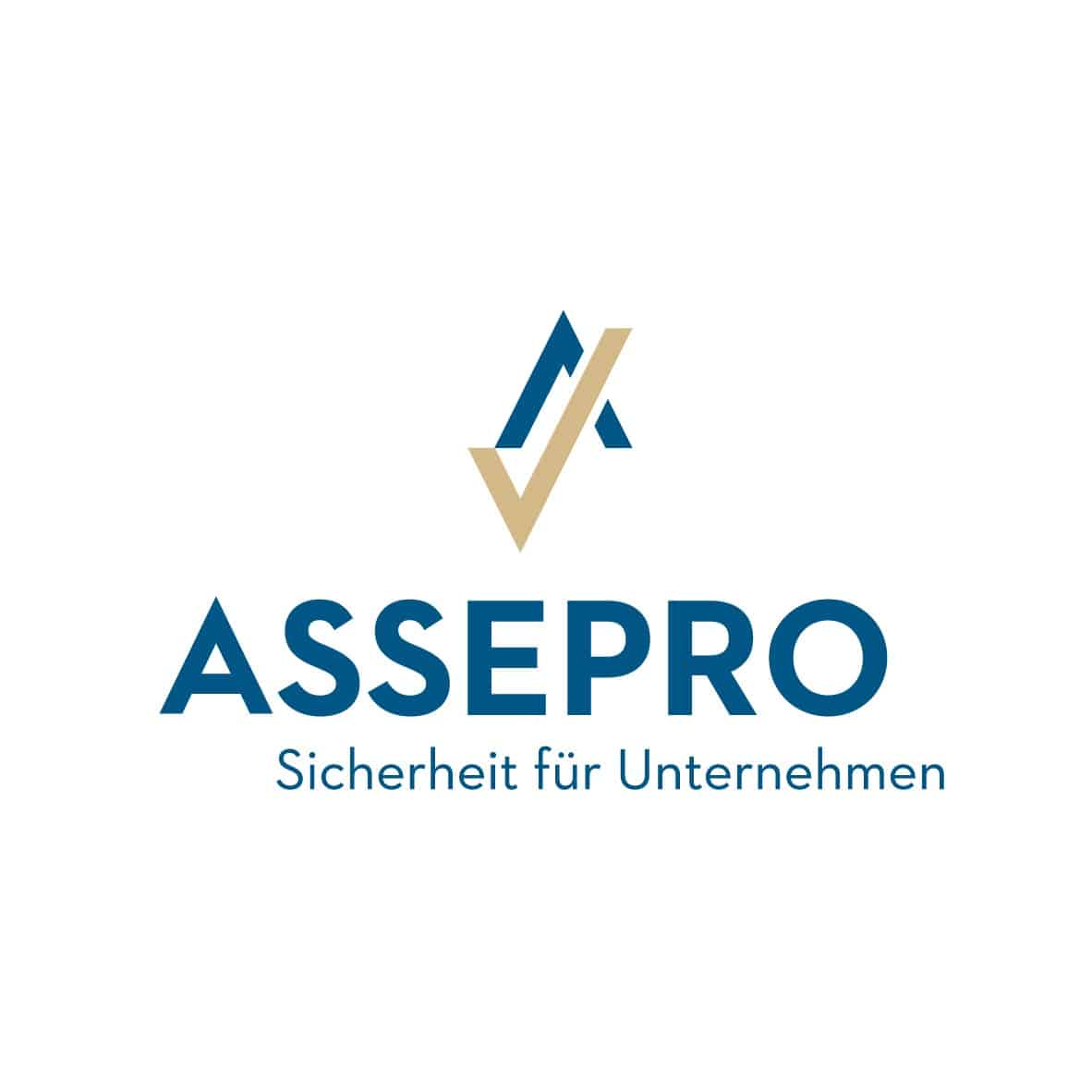AI does not judge – it prepares: the decision remains with humans
7 November, 2025 | Current General Interviews
European travel insurance company ERV is increasingly relying on artificial intelligence to speed up claims processes and improve the customer experience. CEO Walter Wattinger talks about the balance between automation and human judgment, trust in algorithms and the limits of efficiency.
Walter Wattinger, CEO of Europäische Reiseversicherung ERV, on the status, benefits and next steps.
Mr. Wattinger, how far along is ERV in automating claims with AI and why are you starting with pet insurance of all things?
We have already automated a number of steps in claims processing. With “Pet Excellence”, we are now taking our pet insurance wau-miau to a new level end-to-end: from receipt of the veterinary document to payment. There are two reasons for the focus on pet insurance: strong growth and a high claims frequency per policy. Both require efficient, scalable processes.
Which problem do you solve most internally?
We deliberately rely on the specialist knowledge of experienced veterinary practice assistants when handling animal claims. This expertise is rare and in high demand. With AI, we relieve the team where routines dominate and ensure quality for complex cases where experience counts.
In which phases of the claims process is AI used?
Veterinary invoices are heterogeneous, handwritten, digital and structured differently. Our system reads them item by item, compares them with product and package rules and visualizes everything in a UI for the employees: Original invoice, extracted items, service module, cover yes/no. The AI therefore makes a preliminary assessment, but the decision is always made by the human. A few clicks later, the payment is triggered.
How does this change processing times and the customer experience?
We involved our colleagues right from the start. They helped test UX, curated training data and validated use cases. This increases acceptance and quality. Job profiles are shifting, there is less copy-paste and more analytical plausibility checks at a faster pace. Personal contact with customers and vets is and remains important, so communication skills are also becoming more important.
What do customers notice?
Faster processing and more transparency. Can you see which items are covered by your insurance and which are not? Repetitive steps run in the background, the team concentrates on the challenging cases. The claim is the “moment of truth” for an insurance company. This is where we want to maintain our efficiency, even as the number of claims increases.
How do you ensure traceability and fairness?
Firstly: human-in-the-loop. Secondly, a clean audit trail that shows what data was available and how it was assessed. Thirdly: consistent application of the General Terms and Conditions of Insurance and internal directives. In this way, identical cases lead to identical results. This is all part of our multi-layered guardrailing (drawing up guardrails to prevent misconduct or undesirable results).
What database does reliable AI need in this setting?
Good training and work data, in the relevant languages, complete, legible, interpretable. “Garbage in, garbage out” (if you feed bad, incorrect, distorted or incomplete data into a system, you will get bad results) applies here without compromise. We continuously verify, validate and further develop the AI methodology with ongoing cases.
And the acceptance of automated decisions?
Transparency is the key. We openly characterize the use of AI. For example, when uploading the invoice. Where questions arise, we are prepared and available. The decisive factor always remains: in the end, a human being makes the decision.
Regulation & data protection: How do you stay legally compliant?
We work in a highly regulated environment. Internal group directives on the use of AI, legal reviews, suitable system environments for external development partners and regular internal audits ensure that data protection and compliance are adhered to. Trust and insurance are inextricably linked.
Where do you draw the line for AI decisions?
Today, it is always the human being who decides. In the future, we will be discussing borderline cases. One thing is clear: regulation, such as the EU AI Act, sets the framework within which we design responsibly.
What role do start-ups and technology partners play?
They are important sources of inspiration. In practice, the wheat is separated from the chaff as soon as it comes to integration into core and peripheral systems, APIs and data protection requirements. We also want to expand our collaboration with universities, as science and business are mutually beneficial.
Where is claims processing heading: generative AI and end-to-end?
With “Pet Excellence”, the entry point is first for repetitive tasks, next we look at disease histories for more efficient assessments across multiple data points. This can be scaled to other lines of business. In parallel, we are driving fraud detection to identify abuse earlier and more accurately.
How do you measure success in the near future?
On hard KPIs such as the average claims settlement time. We also monitor the reconsideration rate, which is a good reflection of effort and quality, and listen carefully to how job satisfaction develops within the team. It is important to me that efficiency should never come at the expense of fairness and quality.
What are the next AI priorities outside of claims processing?
In customer service with intelligent triage of incoming inquiries and high-quality, pre-formulated initial responses, but always with a human assessment. We also see potential in pricing, where large volumes of data and finer pricing create clear added value. And, of course, the scaling of claims automation to other lines where it makes sense.
AI accelerates and structures, but it does not replace the judgment of experienced people. It is precisely this interaction that makes the difference.
The questions were asked by Binci Heeb.
Read also: ERV presents new wau-miau pet insurance package: more security for your pets thanks to telemedicine




